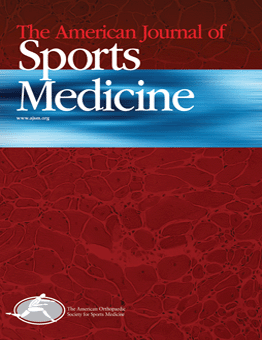
SHOULDER & ELBOW
Similar 2-yr outcome between interference screw and suture anchor fixation of biceps tenod
Am J Sports Med. 2017 Feb;45(2):440-44880 patients with a rotator cuff tear and concomitant lesion of the biceps tendon were randomized to tenodesis fixation with either an interference screw or suture anchor. Patients were followed up for a minimum of 2 years for pain, function, range of motion, and incidence of anatomic failure on MRI or ultrasonography. Results demonstrated no statistically significant differences between groups for any of the above-mentioned outcome measures.
Unlock the full ACE Report
You have access to {0} free articles per month.Click below to unlock and view this {1}
Unlock NowCritical appraisals of the latest, high-impact randomized controlled trials and systematic reviews in orthopaedics
Access to OrthoEvidence podcast content, including collaborations with the Journal of Bone and Joint Surgery, interviews with internationally recognized surgeons, and roundtable discussions on orthopaedic news and topics
Subscription to The Pulse, a twice-weekly evidence-based newsletter designed to help you make better clinical decisions
Exclusive access to original content articles, including in-house systematic reviews, and articles on health research methods and hot orthopaedic topics
Or upgrade today and gain access to all OrthoEvidence content for just $1.99 per week.
Already have an account? Log in


Subscribe to "The Pulse"
Evidence-Based Orthopaedics direct to your inbox.
{0} of {1} free articles
Become an OrthoEvidence Premium Member. Expand your perspective with high-quality evidence.
Upgrade Now












































































